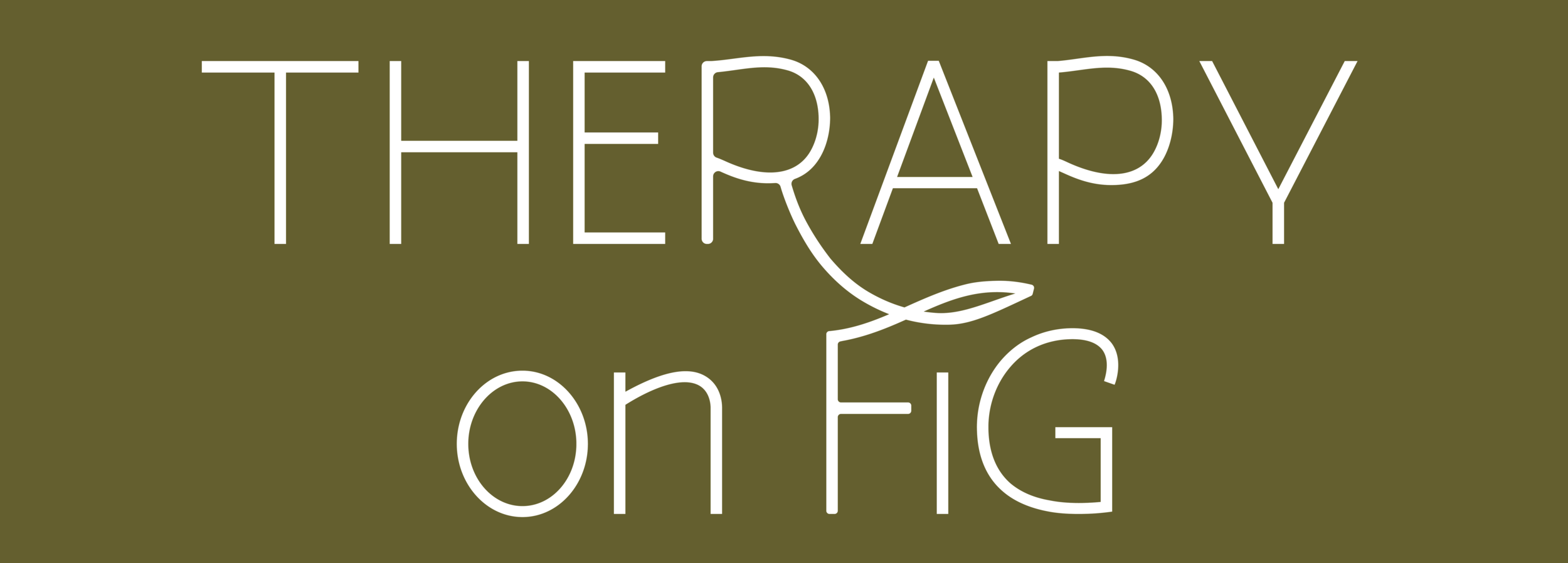Navigating Anger
One of my favorite themes to explore with my clients is the experience of anger. Anger is a commonly misunderstood feeling and often gets a bad reputation. Some common beliefs we carry about anger are:
Anger is not allowed.
It's bad to feel angry.
Feeling angry reflects a personality trait or characteristic (i.e., I'm so out of control, I'm a mean person).
When my clients feel angry about anything, whether a slight comment, an "off" interaction, injustice, or abuse, I typically like to pause and create space to honor and get to know the anger.
1. Can we start by seeing anger as a secondary emotion?
Because anger can be overwhelming, we often see it as a primary emotion or an emotion you feel first after a triggering event. What if anger was the secondary emotion, and we got curious about potential primary emotions beneath the surface? When we identify feelings such as embarrassment, overwhelm, or rejection below the surface, it can open up opportunities to extend self-compassion and care for the parts of us which experience these feelings. (i.e., Perhaps I'm not just an angry, mean person, but I was really feeling hurt and disappointed by my partner's comment, causing me to lash out).
2. Can we also see anger as a part of you that's feeling angry?
Anger is not all of who you are. So if this part of you that feels angry could speak, what is it saying? Often, these angry parts of us are saying, "This is not okay! This is not acceptable!" It's the part of you that can identify when you're experiencing mistreatment or injustice. It's the part that remembers past woundings and wants to prevent you from getting hurt again. It has good protective intentions.
Seeing anger as a secondary emotion or as a part of you isn't a free pass to justify or condone abuse, violence, or harmful behavior when we feel angry. However, when we better understand what's behind anger and its intentions, we become more free to make an intentional choice rather than exhibit a knee-jerk reaction. We can respond to and express our anger with agency and empowerment, such as speaking up for ourselves, drawing healthy boundaries, or identifying possible solutions.
3. Navigating anger as a secondary emotion and as just a part of us allows us to navigate other layered or "bad" feelings.
What are some other feelings that evoke discomfort in you? For example:
-Jealousy means I am insecure
-Resentment means I hold grudges
-Depressed means I'm unhappy and stuck
Just like with anger, it's possible to get to the root of these emotions without taking them at face value. Seeing them as not the defining trait about us but rather a part of us that expresses a valid need is restoring agency and empowerment to ourselves.

